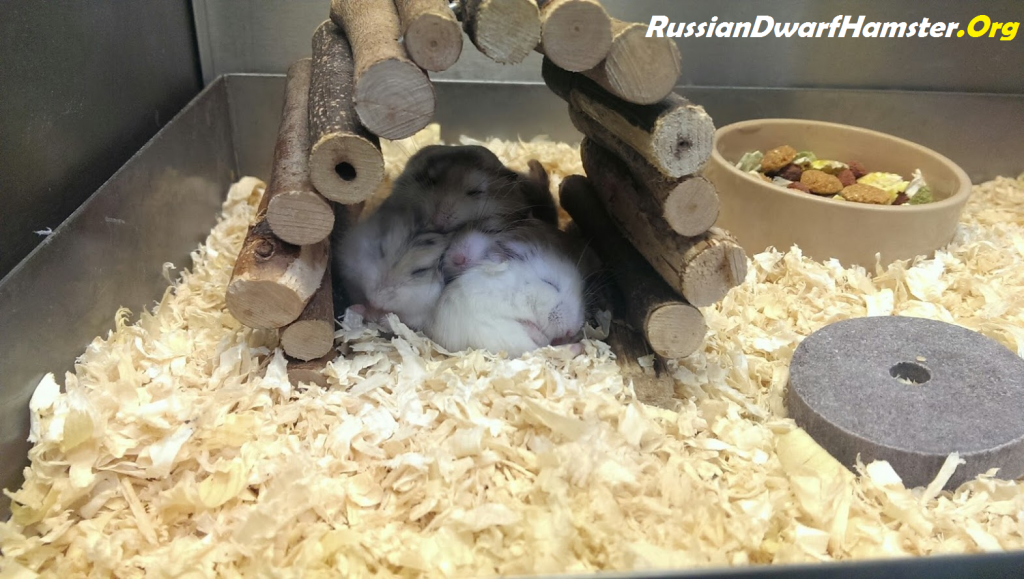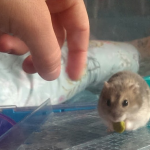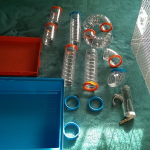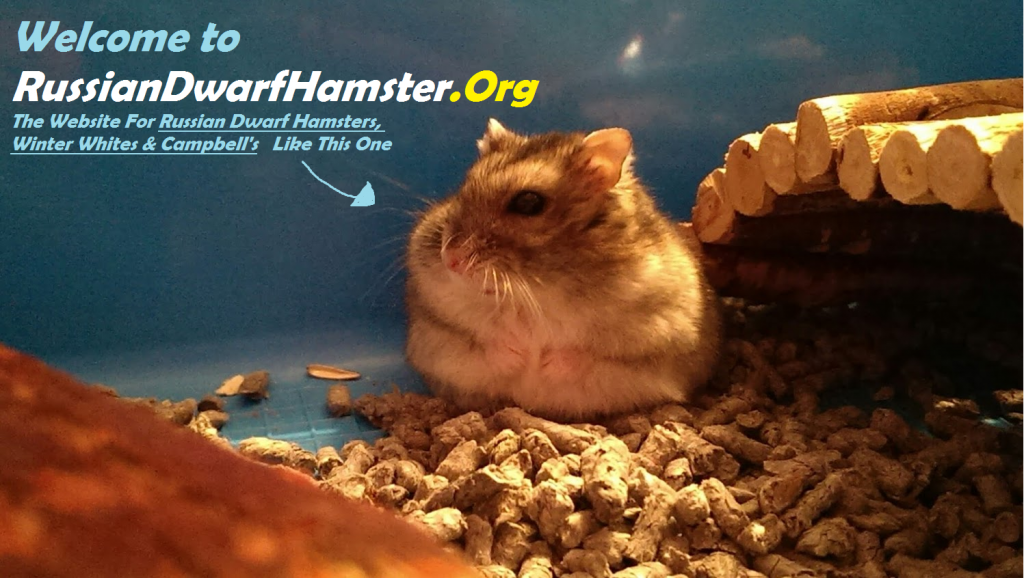Welcome to RussianDwarfHamster.Org, the website for Russian Dwarf Hamsters and their awesome owners. Need help? See the top bar, side bar or alternatively click the buttons below to skip to what you are looking for…
A Russian Dwarf Hamster is the name given to Hybrid hamsters at the pet stores. It also is the broad name for 3 types of dwarf hamster.
Russian dwarf hamsters are one of the most popular dwarf hamsters kept as pets worldwide and come in many colours/patterns.
Where do Russian Dwarfs come from? China, Russia, Asia, Tuva, Dzungaria, Mongolia, Kazakhstan, Siberia and Manchuria.
They are nocturnal and the lifespan of a Russian Dwarf is between 1-2 years however in many cases longer. Pet stores typically sell hybrid Russian Dwarf Hamsters and they become available to buy from 6 weeks of age. To learn more see our Russian Dwarf Hamster Facts Page Here
Can They Live Together? There has always been a debate on this topic and the answer depends on individual groups and certain circumstances.
Although Russian dwarf hamsters are very sociable (towards the same type) they can show aggression towards anything bigger than themselves. This is because their eye sight is poor and its in their nature. These are one of the only types of hamsters that can live in pairs however, under 3 rules.
- Space- This is the distance, room and area that they have to play. They require plenty of room.
- From The Same Litter- Hamsters from the same mother are known to be more likely to get along.
- Two Females– Males become territorial at the ages of 9-15 weeks and this causes conflict.
These are the main points about pairing hamsters however there are a few more things to consider. You can learn more about keeping Russian dwarf hamsters together here.
What is the Difference Between these and Syrians
Syrian hamsters have been a popular choice of hamster for children, adults and families. Also known as “teddy bear hamsters” and “golden hamsters”, they are roughly twice the size of Russian dwarf hamsters.
Unlike Russian dwarf hamsters, Syrian hamsters must live on their own and require plenty of space, similar bedding/nesting materials and accessories.
Keeping Russian dwarf hamsters as pets has become growingly popular in the United States, United Kingdom, Canada, Japan, China & many more countries. These are great pets to have and require not much effort to maintain and care for.
It is recommended to tame Russian dwarf hamsters and our 5 Steps to Success will show you how to do just that.
Best Place to Buy – What is Better
When choosing to home a new pet hamster, it is a good idea to consider adopting. There are many hamsters up for adoption/rehoming and saving a hamster is much more beneficial than buying a hamster. See our Adopted Russian dwarf hamster VIDEO below.
If you save a Russian dwarf hamster you will feel better, save a life and save money.
Dwarf Hamsters Make Good Pets For?
The saying the smaller the hamster the bigger the attitude is true in many ways.
Dwarf hamsters make good pets for children, young adults and adults. However they do make better pets for young adults more than children due to their nocturnal awakening and easy to scare behaviour.
What You Need – Everything You Need To Keep a Russian Hamster
So you have/want a dwarf hamster but do not know where to start? Let’s look at what you need…
- A suitable cage/aquarium that meets recommended standards. See our recommendations here
- Accessories make a hamster environment special. Top 10 dwarf hamster accessories they LOVE
- Bedding, food and sandpit? Learn which foods, bedding and sand should be given to your hamster.
All of these are very important for dwarf hamsters and will determine a happy or an unhappy life for them.
Food – Dwarf hamsters require just a spoonful of food a day and pellets are considered a healthier option. This is because muesli and other foods that come in mixes give hamsters the option to eat only the fatty nuts, seeds and foods. Pellets combine healthy and unhealthy to help keep a balanced diet. Learn more about which foods we recommend & some extra tips for a happy hamster in our Russian Dwarf Hamster Care.
Another great way to keep your hamster happy is by spreading their food around the cage to encourage natural foraging.
Cleaning – Dwarf hamster’s cages or aquariums should be cleaned once every 4-7 days to ensure a healthy environment for you hamster to live in.
Here is a quick video on how to clean out a dwarf hamster cage or habitat:
When choosing a suitable cage for your hamster you will need one that is spacious, fun and easy to maintain.
If you are looking at buying a new cage or aquarium we suggest you either see:
Recommended Ferplast Duna Cage Review – 4.8/5
Or
Large Dwarf Hamster Cage – What is Better (Similar Price?)
The recommended size of a Russian dwarf hamster habitat is 60×40 and the bigger the better. Anything smaller than this will result in unhappy hamsters, biting the bars and hard to tame hamsters.
Once you have a hamster you most probably will need to spend some quality time together to build up a relationship and also to show you mean no harm. This is known as taming.
How to Tame a Russian Dwarf Hamster
Taming a dwarf hamster at a younger age is very important and will help build a strong long lasting relationship with your Russian.
How to Tame a Dwarf Hamster – A tame Russian dwarf hamster is friendly, handle able and generally does not show signs of aggression (biting) or fear towards you. Here is how you tame a Russian dwarf hamster:
The benefits are worth the time and after you hamster will be comfortable around you and others. To learn more about taming and to see our 5 steps to success Click Here.
How Can RussianDwarfHamster.Org Benefit You?
RussianDwarfHamster.Org was created with you in mind. We are one of a handful websites that focus on the one type of hamster that is… You guessed it, Russian dwarf hamsters.
You can use this website to help you with almost every problem, question or review for these types of hamsters.
If you have any problems, questions or queries please see our top bar for answers. We update our website daily and bring new hamster guides, videos and product reviews regularly so Follow Us on Google+, Like Us on Facebook or Subscribe to our Youtube Channel, when we have new stuff you will know about it.
More Important Guides for Russian Dwarf Hamsters:


